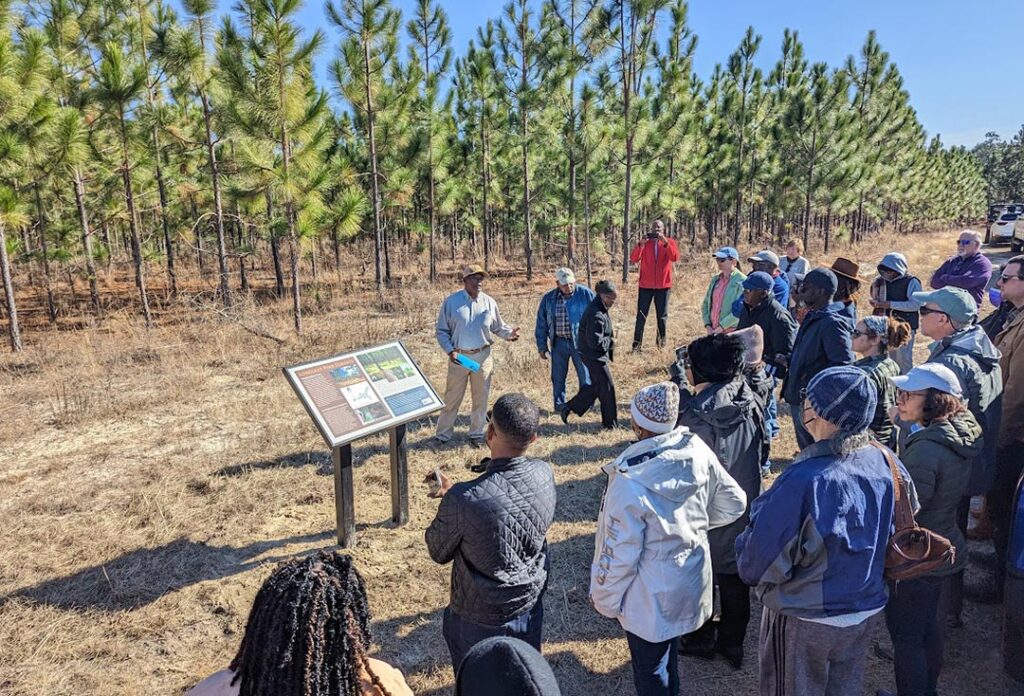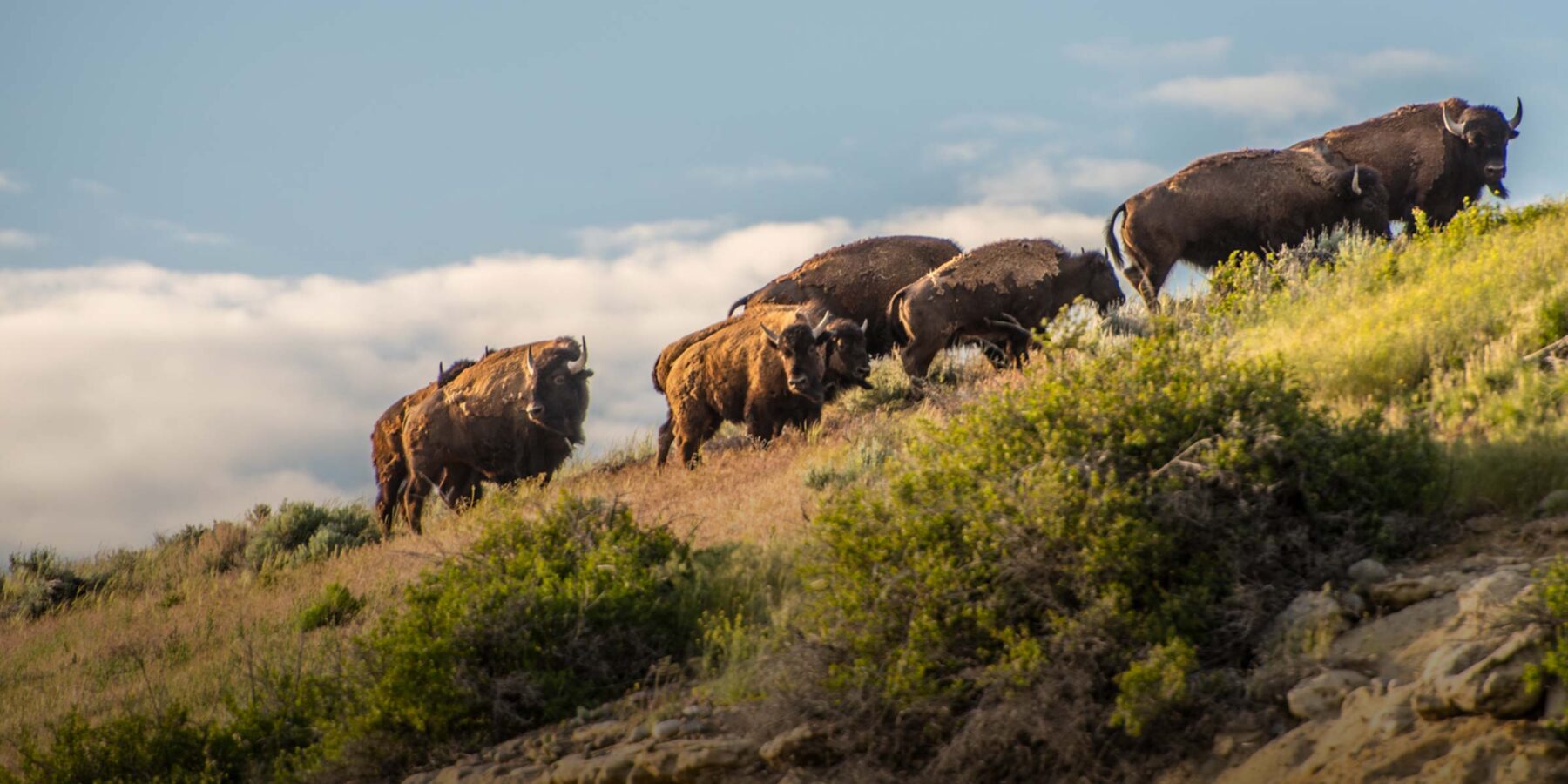Authentically Addressing Inequities and Injustices in Communities
Accomplishing the Federation’s core mission to protect wildlife, people, and the planet requires that we address the persistent and pernicious inequities and environmental injustices in communities. This pertains to historically marginalized communities that have been traditionally excluded from decision-making and have shouldered the burden of pollution and other ecological crises.
This has been a great year for our movement. Through new programs and grants, our work effort has increased the Federation’s presence in the environmental justice arena.
Adrienne Hollis, Vice President, Environmental Justice, Climate and Environmental Change
on tribal lands

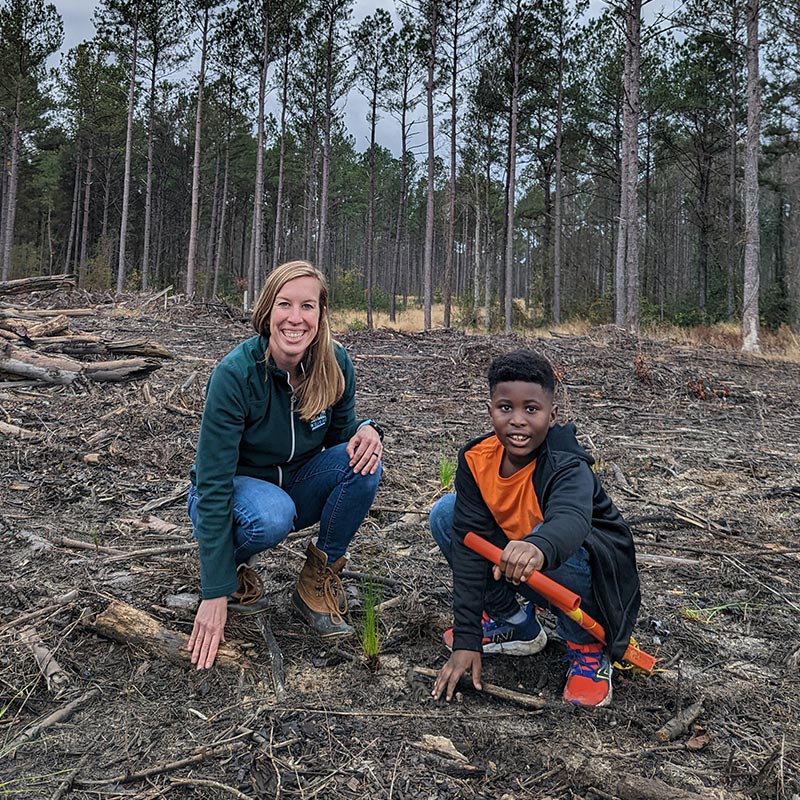
Community-led Capacity-Building with Environmental Justice Partners
The National Wildlife Federation’s Environmental Justice, Health and Community Revitalization Program, Climate and Energy Program, and the Choose Clean Water Coalition joined partners at the University of Maryland and with community and university hubs to begin developing a proposal for the Environmental Protection Agency’s Thriving Communities Technical Assistance grant. The action is to create a Mid-Atlantic Thriving Communities Hub to be an Environmental Justice Thriving Communities Technical Assistance Center for EPA Region 3, serving the states of Delaware, Maryland, Pennsylvania, Virginia, and West Virginia as well as the D.C. area. The program is part of the federal agencies’ Thriving Communities Network and EPA’s Thriving Communities Technical Assistance Centers Program that is working toward a government-wide framework for providing technical assistance and capacity building resources for underserved communities.
Photo Credit: Getty Images

Federal Agency Rulemaking Prioritizes Indigenous People and Communities
The Federation is committed to supporting environmental equity. We advocated for stronger regulations that will build equity considerations into regulatory reviews and administrative processes. Thanks to those efforts, the Federal Energy Regulatory Commission and the Department of Energy issued rule proposals so that the priorities of communities and Indigenous Peoples will now be considered in energy-related programs, including infrastructure permitting processes.
Photo Credit: Adobe Stock
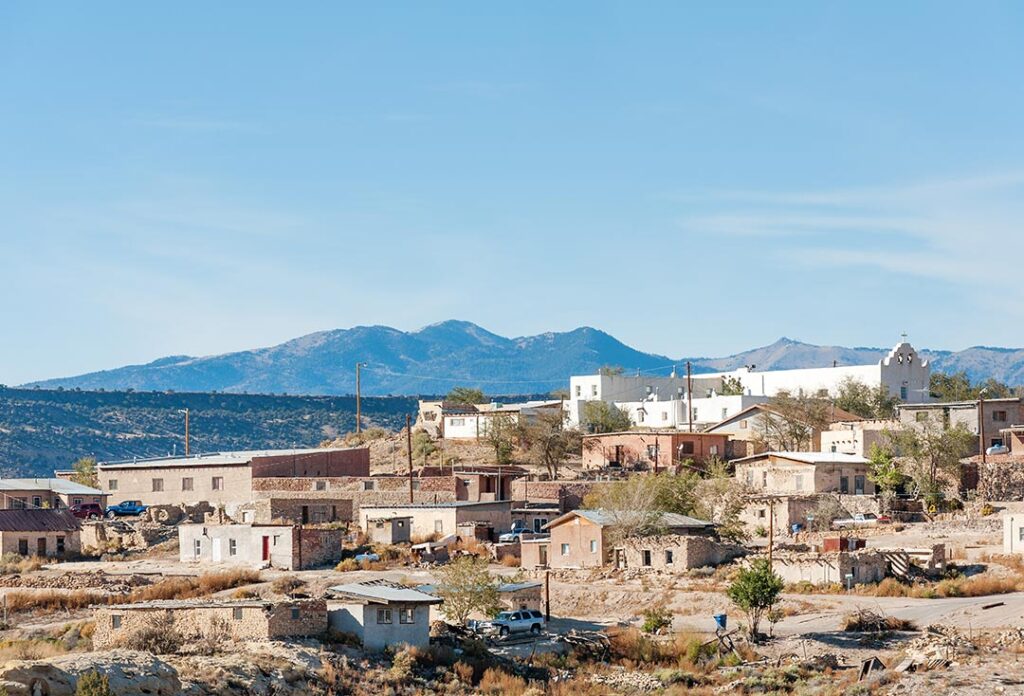
New Strategy Enhances Tribal and Indigenous Alliances
We launched the Tribal and Indigenous Partnerships Enhancement Strategy as a Federation-wide effort to increase our support and commitment to elevating Tribal environmental priorities. Our Tribal and Indigenous Partnerships Enhancement Strategy focuses on three core priorities: water protection, food sovereignty, and intergenerational knowledge transmission. This initiative will promote deeper relationships with our Tribal and Indigenous partners in a way that centers respect and prioritizes allyship to fight for environmental justice and conservation on Tribal lands and beyond.
Photo Credit: Red Lake Band of Chippewa
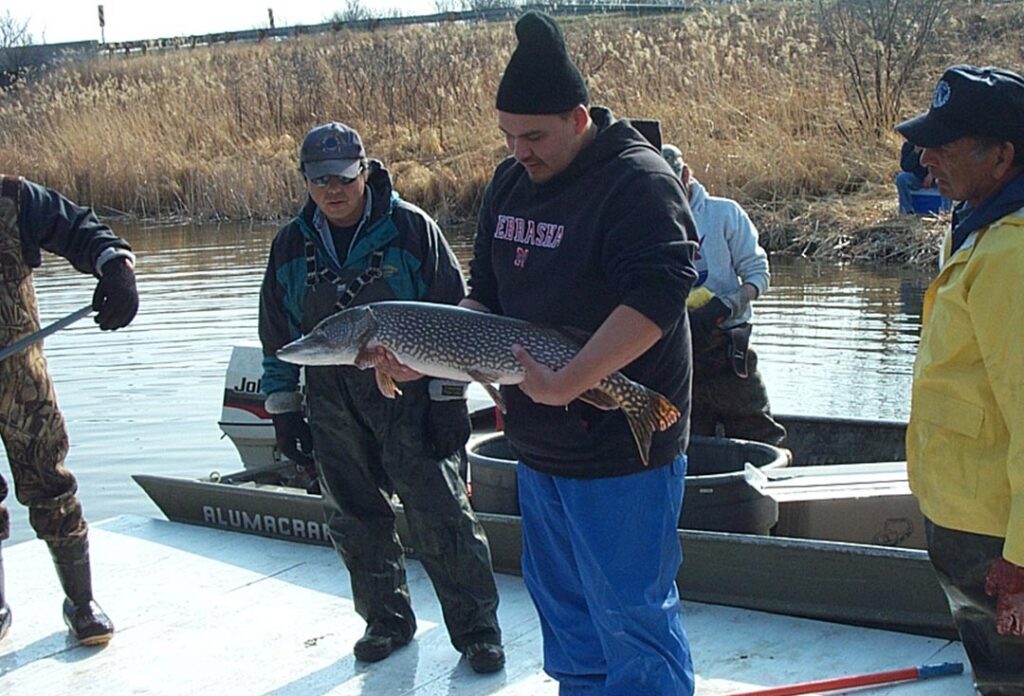
Longleaf Pine Restoration Project in the Southeast
Longleaf pine ecosystems historically dominated Southeastern forests, but harvesting, land conversion, and fire suppression resulted in longleaf pine acreage totaling less than 5% of its original area. The loss of these pines was a dramatic change to the region, as the forests make up some of the most important, biodiverse habitats for plants and wildlife in the United States. The Federation’s Southeast Forestry Program, along with our Southeastern affiliates, have spent over a decade working to restore this incredibly biodiverse landscape across the Southeast. Two years ago, Federation-led efforts established a coalition working to support Black landowners, professionals, and students. In January 2023, the Federation along with core allies, celebrated its first graduating class at an event called “Longleaf & the Landowner.” The program seeks to instruct historically and socially disadvantaged landowners and land managers who are interested in restoring longleaf pines, balancing economics and ecological models on their properties, and creating legacies for future generations. Our inaugural class included 24 Black landowners, and the Federation hosted a follow up event in November for estate planning and heirs’ property.
Photo Credit: Tiffany Woods
